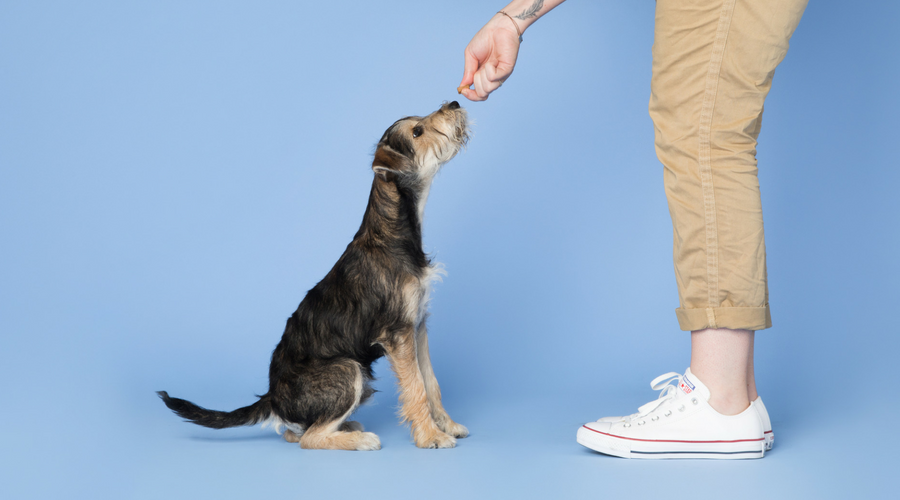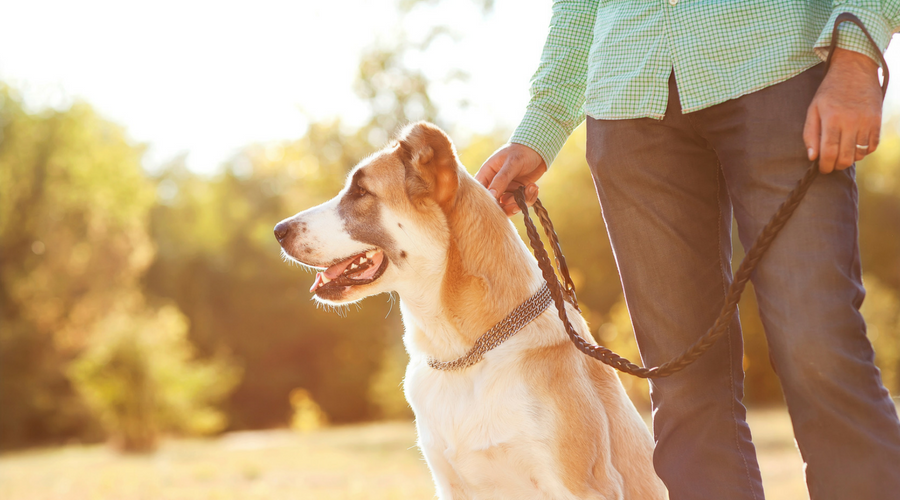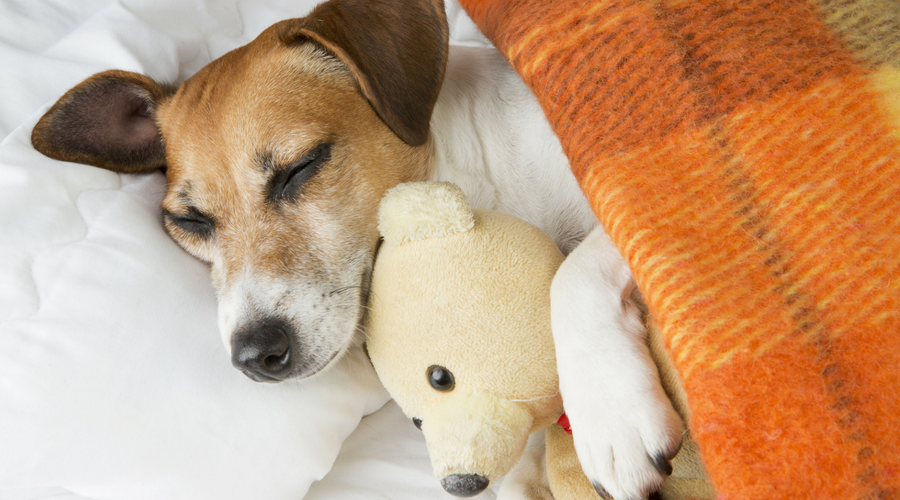Brought to you by Tractive – GPS trackers for dogs.
As dog parents, we like to keep our furry family members safe. So how can we ensure their well-being and safety? Here are the best safety tips for you and your dog.
Basic commands and training
Whether you have a puppy or an older dog, training your dog to learn these basic commands is important. You can easily teach your dog these important commands. Just remember, the key is encouragement and regular practice. Here are the top training commands your puppy should definitely know:
For your dog to learn these commands we’d recommend daily practice until they’ve learnt them. Make time for regular refreshers too.
1. Sit: This is one of the easiest and most important dog commands. It is very useful in calming your dog down, especially when guests visit you or when someone is at the door.
Time required for “Sit”: 5-10 minutes 2-3 times per day.
2. Stay: Make sure your dog has already mastered the “Sit” command, before going on with this one. Be patient with puppies and highly-active dogs, since they will most likely require more time before getting used to the “Stay” command.
Time required for “Stay”: 5-10 minutes 2-3 times per day.
3. Come: This means that your dog should stop any other activity and return to you. “Come” is a really important command when your dog is off the lead. It’s helpful in keeping your dog away from other dogs, wild animals or just leave other people alone.
Time required for “Come”: 5-10 minutes, 2-3 times per day.
4. No: This command is mostly used for stopping unwanted behavior like chewing, jumping, or biting.
Time Required for “No”: 3-5 minutes, 2-3 times per day.

Dangers of walking the dog in the dark
In the Autumn and Winter, daily walks may often take place in the dark. Don’t forget your outdoor trips, but at the same time, be aware that walking your dog in the dark poses a few extra watch outs. Here’s some helpful hints and tips:
- Be more visible: get a flashing dog accessory such as a light-up dog collar, an LED leash, a reflective dog jacket or harness could be a good idea. Wear clothing with reflective elements for you as well.
- Keep your dog on a lead most of the time.
- Walk your dog off-leash only in areas with less traffic and people.
- Don’t take new routes in the dark. Dogs are most comfortable in familiar places.
- Take extra care of puppies and untrained dogs, since their behaviour might be unpredictable in new scenarios.

Avoid toxic dog food
The truth is, most people think that dogs can eat everything. But human food isn’t usually dog-friendly, and some food types can pose a serious threat to your dog’s health. Are you aware of them all? Here’s a guide from tails.com on toxic food for dogs.
Travelling with dogs
While this might sound like a fun adventure, travelling can be a challenge for some dogs. Whether by car or by plane, some dogs get travel anxiety or suffer from motion sickness, just like humans. But don’t worry: these tips will help your dog to enjoy your travel adventures:
First trips by car: Turn your first trips together into a fun adventure for your dog. This way, they will associate car travels with a positive experience.
Dog travels by car: We’d advise using a dog car crate for extra safety. The dog travel crate should also be secured and stable.
Get your dog familiar with the cage: Present the travel crate in a positive way and get your dog used to it before the ride.
Exercise: Go for a longer walk with your dog before long drives. This will tire your dog out and further help him to relax during the drive. It will also ensure
Feeding schedule: Avoid feeding your dog right before the car ride. This will ensure your dog doesn’t need an immediate break to do his “business”.
Pack dog supplies: You’re not the only one who needs to pack. Your dog’s travelling time will be nicer by placing his favourite toys, blankets and water in his travel crate.
Flying with a dog: Prepare your dog for air travel by getting him used to the flight carrier before your trip. Choose a large carrier, so your dog feels comfortable in it and decorate it with his favourite toys and blankets to keep him busy.
Your dog’s safety kit
More than just a nice-to-have item set, a dog first aid kit can be really helpful. Here’s what you can include in it :
Emergency vet contact info: Your dog is sick? Make sure you know where the nearest 24-hour vet is. Also, equipp your dog with a microchip and add the essential contact information (phone number, address) on his collar.
Gauze and non-stick bandages: Small but very helpful in case of cuts and other wounds. Your dog aid kit should have only pet-friendly bandages.
GPS tracker to know where your dog is: Do you find that your dog has a tendency to run off? A GPS tracker for your dog can easily show you where your furry friend is – in real-time, anywhere in the world. Tractive GPS is a light, very easy to use, and convenient tracker that works through an app directly on your smartphone. Discover more benefits of Tractive GPS for dogs!


will have Izzy On Iam’s again unless have small biscuits …..?
Hi Claire,
Please get in touch with our Customer Support team hello@tails.com they will be happy to answer any questions you have
Thanks
Ellie